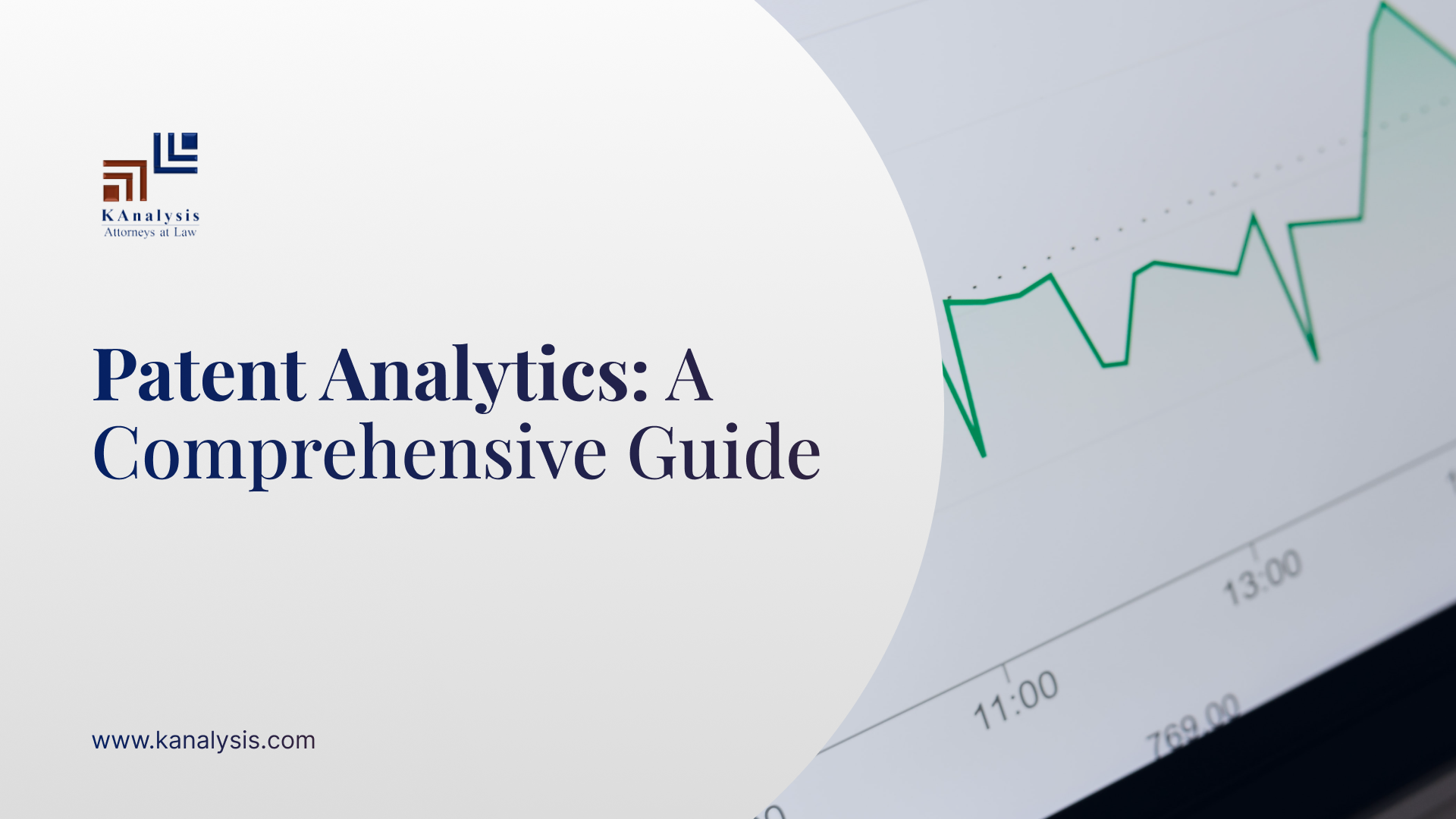WHAT IS A PRIOR ART SEARCH?
The word “prior art” means the body of knowledge already in existence. Prior art search is the search of issued or published patents. An invention might be part of ‘prior art’, which means the invention or parts of the invention are disclosed in the public domain as a patent, article, journal, video or any other form that is assessable to the public at large. To patent an invention, the criteria of novelty, industrial applicability, and non-obviousness have to be met. A prior art search is undertaken to ascertain whether an invention is new and non-obvious. A prior art search will reveal any knowledge existing prior to the invention. This knowledge contains patent applications, scientific thesis and industrial know-how. This knowledge will help in getting an accurate idea about the scope of the invention and patentability of the invention. Inventors can perform basic prior art searches to see what knowledge already exist in the invention’s scientific area.
IMPORTANCE
- Helps in determining the novelty of the invention before filing patent applications, it discovers all the existing prior arts related to the invention.
- It further helps in generating ideas for research and development and prevents duplicity of ideas.
- It is helps find the legal status of the patent applications which in turn saves time and cost of the proprietor to not proceed with such an application which is likely to get rejected.
- The prior art search will enable a proprietor to study the product design of its competitors. This research will result in them finding flaws/ gaps/ loopholes in the technology on which the company can capitalize.
- It often reveals the latest trends in a particular technology that will help the innovator to develop products as per the demand of technology.
TYPES
- Novelty Search or Patentability Search: It helps in identifying whether an idea is novel, and patentable. This type of search is conducted to determine the likelihood of getting patent through patent offices around the globe. A patentability search should be completed during the ideation phase, as well as prior to disclosure.
- FTO ( Freedom to operate search): It is also known as a Clearance search. This search is carried out to assess whether it would be beneficial to commercialize the product and whether the same should infringe on any existing patents. Carrying out this research in the early phase of the innovation cycle helps R&D teams design accordingly around the research for existing patents.
- State of the Art Search: It helps in examination of the literature available in the specific industry. This specifically helps businesses find potential competitors and existing products in the field. The search includes patent documents as well non patent literature.
- Landscape Searches: These searches deal with both patent and non-patent literature searches to understand the existing state of any given technology. In other words it means carrying out a thorough search and analysis of patent data in a way to gain insights into search data relevant to technology domain.
- Validity Search/ Invalidity Search: It is conducted to invalidate the patent by finding prior art. This approach is oriented to determine whether the patent holder can claim infringement or not. In other cases it might be used to assess the strength of the patent and this opinion may be useful prior to buying or licensing a patent.
- Non – Infringement Search: It determines if the inventor’s proposed invention will infringe on a particular patent. However, non-infringement opinions are directed to a specific patent or patents that have been previously identified.
- Chemical Structure Searches: These searches are focused on finding similarities between chemical structures of innovative chemical compounds whose IUPAC names have not been disclosed.
- Biological Sequence Searches: These searches are performed to identify nucleic acid or protein sequences disclosed in a prior art document, in their standard sequence format.
STEPS INVOLVED IN PRIOR ART SEARCH AND ANALYSIS
Step-1: Search Strategy
This is the primary step that deals with formulating a strategy to conduct the search. It deals with identifying the key concepts on the basis of which a plan can be prepared. This step involves using different keywords, synonyms and combination of search keywords, citations, dates, jurisdictions etc.
For example, when searching for chemical patents, the solutions, formula, structure and sequence of searches are involved. These strategies are developed on the basis of objectives of the prior art search.
Step-2: Search Queries
There are certain databases like Google Patents, USPTO, Espacenet, the Lens, InPass, Patentscope etc. where the relevant search queries are put through. These search queries are needed to capture the essence of an innovation’s concept. These paid or unpaid databases are used in different combinations to comprehensively get the results. One of the objectives of this step is to trim down the irrelevant results from the collected search results to enable accurate analysis in the subsequent step.
Step-3: Onset of Prior Art Analysis
The analysis involves the identification of specific links between the keywords used in prior art searches to establish a correlation between the search results and the given innovation. The results so obtained are screened meticulously and the relevancy of prior art is evaluated against the objectives or prior art analysis. The patent practitioners perform detailed analysis to identify specific overlap between search hits and the invention of interest within a limited data set. The step is carried out with the aim to produce a picture of the closeness to other existing results with the given invention. The basic purpose of this step is to explain links of technology with existing patent and non-patent literature so that R&D team can improve their inventions around these results.
Step-4: Presenting the Analysis
Prior art analysis is generally presented with required texts extracted from a document. The feature wise results can be presented in a tabular form by checking and unchecking different categories. Claim mapping is one of the standard formats followed for invalidity and infringement searches. Finally, prior art analysis presents whether the documents are closely linked to the subject invention. In case they are, prior art analysis explains the link.
CONCLUSION
An exhaustive prior art search involves identifying all the relevant patent and non –patent literature to ensure that the invention is patentable. It is important that these prior art searches are conducted by the inventors before filing a patent application, so that they save their time and improve on their invention based on the search results. The patent search is complicated and involves large future expenditures on patents. Thus, it is advisable to hire competent professional for the search.
Subscribe to our monthly newsletter here and read all our blogs here




